Insulation and Sealing
Your heating, ventilating, and air conditioning use accounts for the largest portion of your home energy bill — about 50%. But did you know? The heating and cooling you’re paying for may be escaping through hidden air leaks. Keep the air in and your energy cost down with the products and projects listed below — or those featured on ENERGY STAR’s seal and insulate resources.
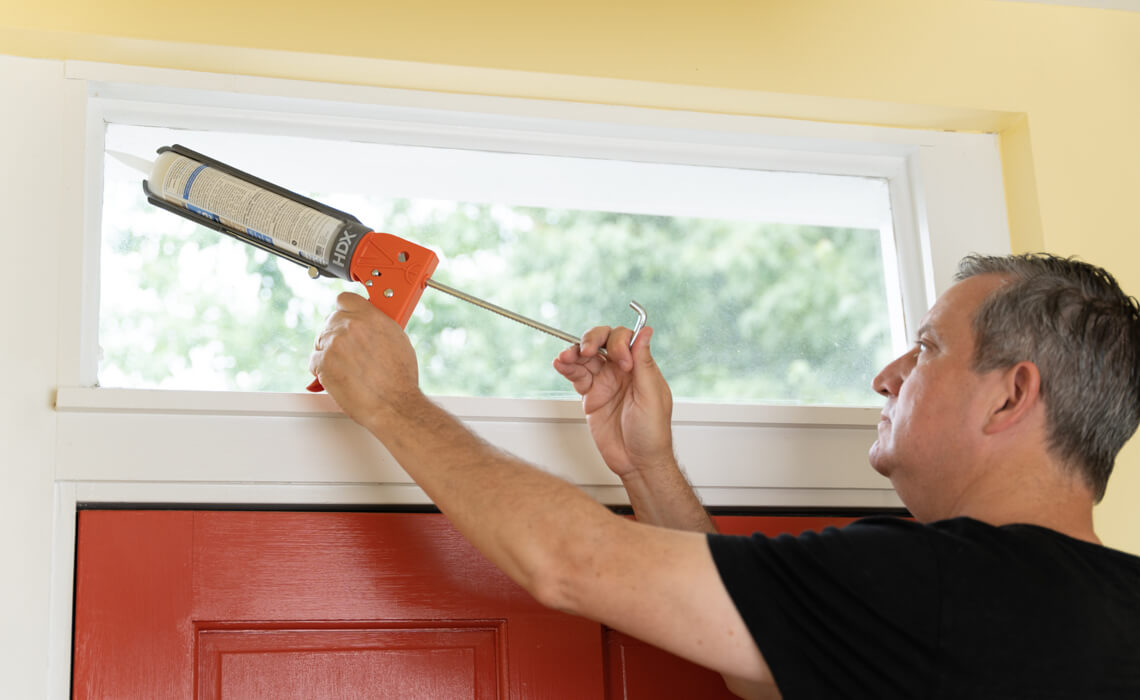
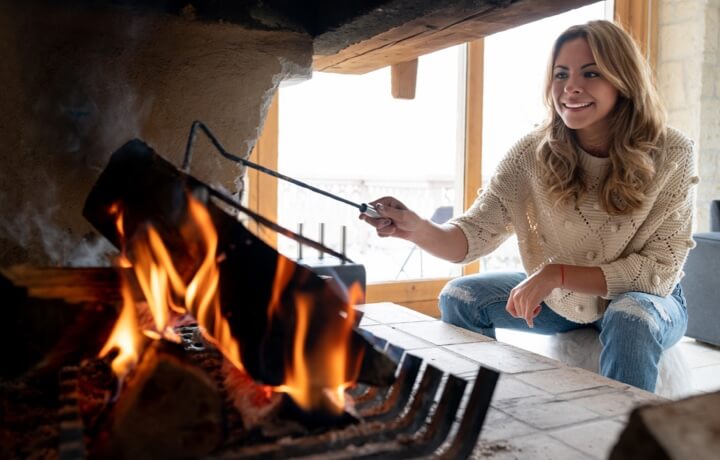
Chimney Draft Stopper
Warming up by the fireplace can be a cozy, idyllic way to spend the winter season. But your chimney can also be a source of air drafts. Stop the cool air from coming in with a fireplace draft stopper: an airtight, tear-resistant, and long-lasting inflatable bag that you can put inside of your chimney to stop the drafts when the fireplace is not in use. It’s also reusable, so you can take it out, deflate it and store it for future use. (Typical cost: $40–$60)
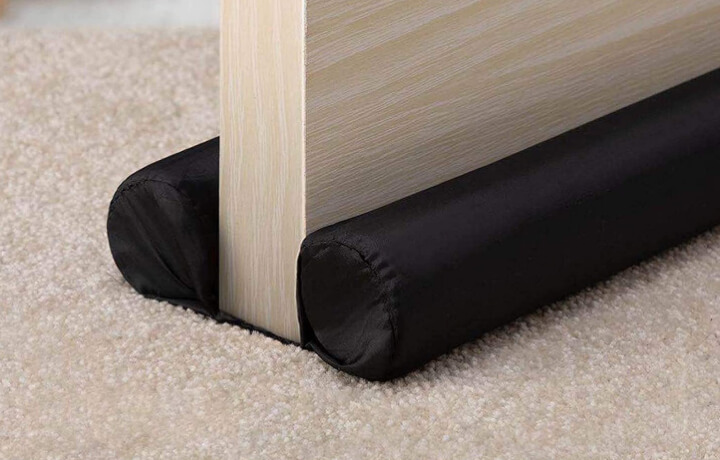
Door Draft Stopper
Despite your best efforts to insulate and reduce air leaks in your home, certain doors can continue to let cool air leak in — or let heating escape. One of the simplest fixes is to place draft stoppers at your doors. For the crafters and DIYers out there, this is a fun item you can make using decorative fabric and cylindrical materials lying around your home, like pool noodles or old socks! (Typical cost: $10–$20)
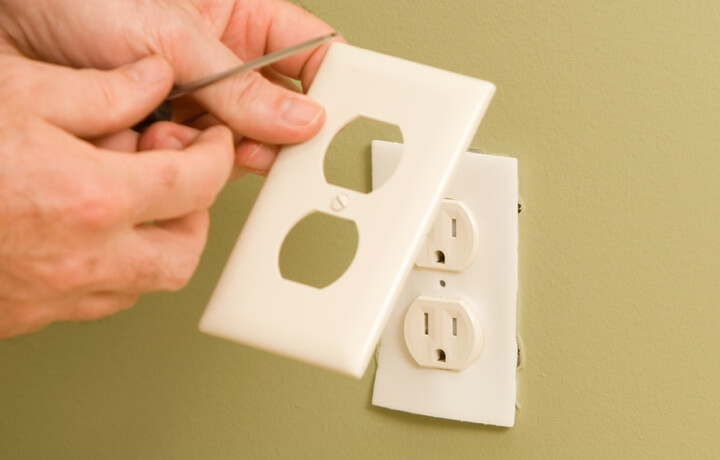
Electrical Outlet Gaskets
The average household spends nearly half of its electric bill on heating and cooling, but you could be wasting money because of gaps, cracks, and other air leaks in your home. A simple way to start reducing some of this air loss is to install foam gaskets behind your light switch and air conditioner outlet faceplates. The gaskets only cost a few bucks, and you can seal up all your outlets with nothing more than a screwdriver. (Typical cost: $2–$5)
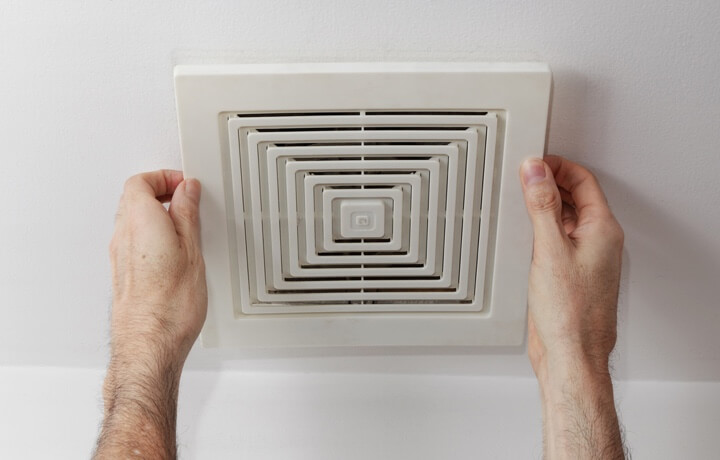
Exhaust Fan Covers
It’s always important to detect and address drafts around your home — including from your exhaust fans. When not covered, exhaust fans allow warm or cool air to escape your home. Inexpensive fan covers reduce air loss and heating and cooling costs. (Typical cost: $5–$10)
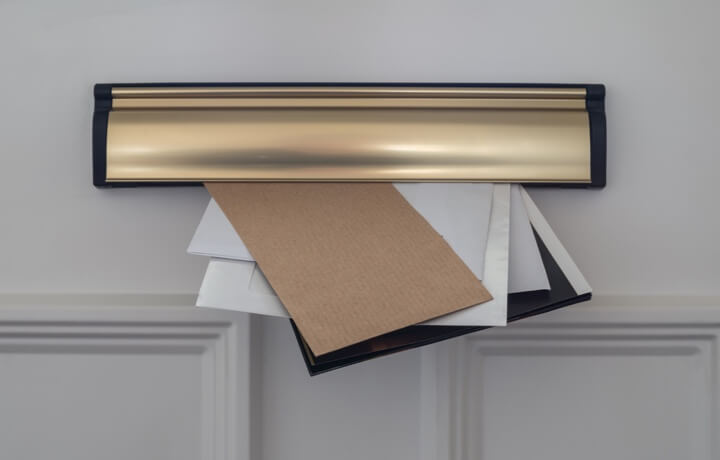
Insulated Letterbox Flaps
Speaking of gaps in your home, mail slots in doors are notoriously drafty and lead to heating and cooling loss. If you don’t want to replace your entire mail slot, find models that attach to the inside of the door. They cut down on drafts while still allowing mail to be pushed through. (Typical cost: $15–$30)
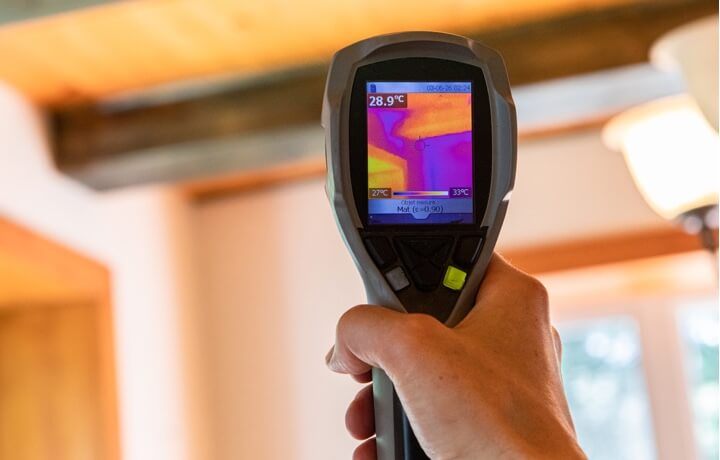
Thermal Leak Detectors
Discover those sneaky leaks and drafts around your home with a thermal leak detector. Shine the detector’s light on your walls, and the infrared thermometer will reveal hot and cold spots, showing how much air you’re losing with temperature changes between 1 degree Fahrenheit and 10 degrees Fahrenheit. Once you have located leaks, you can seal up your home with caulk, weatherstripping, or insulation to keep the air you’re paying for inside where it belongs. A thermal leak detector can save you up to 20% on heating and cooling costs. (Typical cost: $20–$40)
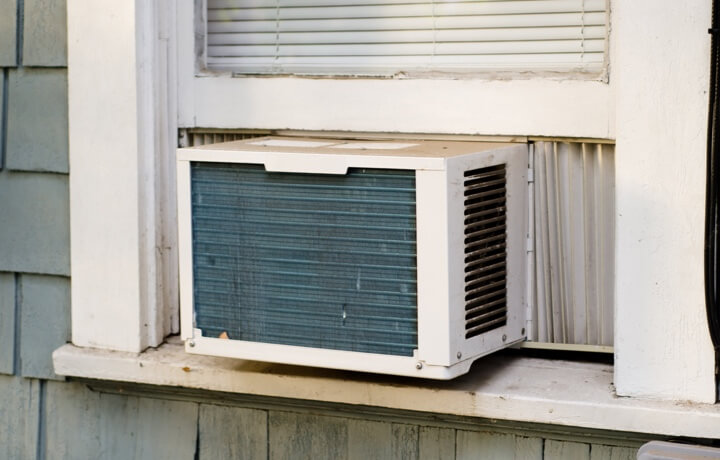
Window Air Conditioner Weather Seal
If you depend on a window-mounted air conditioner to keep you cool, there are easy ways to reduce air leaks and save energy. Spend a few minutes and a few dollars to weather seal the openings around the unit. This simple project will block the gaps, reduce the amount of air escaping, and help keep your room cool while keeping your energy bill in check. (Typical cost: $2–$7)
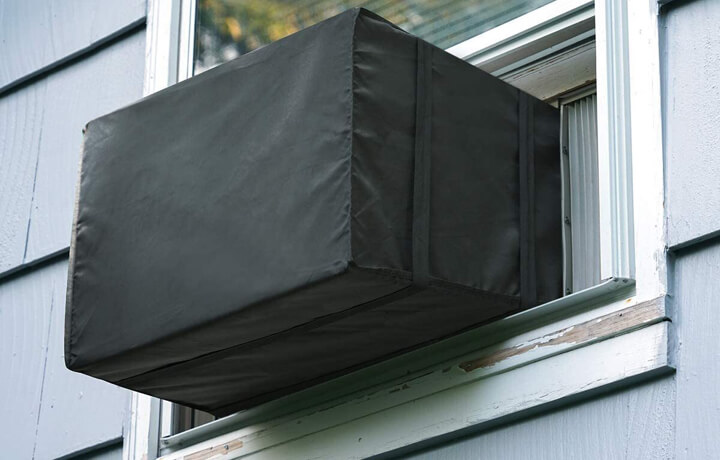
Window-Mounted Air Conditioner Covers
If that window air conditioner stays in place all year round, it’s important to cover the unit in the winter when the cold outdoor air can sift through it, causing drafts and discomfort and raising your electricity bill. A simple quilting cover fits over your air conditioning unit to help reduce drafts. It also protects your unit so it can function better when you need it in warmer months. (Typical cost: Around $20)